30 May Asus just announced a MacBook clone and adorable robot
How did they balance being so funny and being such respected artists?” This question was recently posed by a visitor in reference to Peter Fischli David Weiss: How to Work Better, a retrospective of the Swiss duo’s thirty-three-year collaborative career currently on view at the Guggenheim. The visitor’s question prompted by Suddenly This Overview (1981–), a series of clay sculptures that form a tongue-in-cheek index of human history—gets to the heart of the duo’s artistic and philosophical investigation of what they called “popular opposites.” The term refers to the supposedly inherent dichotomies we draw between things such as art and kitsch, work and leisure, and other such dualities. How to Work Better, a retrospective of the Swiss duo’s thirty-three-year collaborative career currently on view at the Guggenheim. The visitor’s question prompted by Suddenly This Overview (1981–), a series of clay sculptures that form a tongue-in-cheek index of human history—gets to the heart of the duo’s artistic and philosophical investigation of what they called “popular opposites.” The term refers to the supposedly inherent dichotomies we draw between things such as art and kitsch, work and leisure, and other such dualities.

How to Work Better, a retrospective of the Swiss duo’s thirty-three-year collaborative career currently on view at the Guggenheim. The visitor’s question prompted by Suddenly This Overview (1981–), a series of clay sculptures that form a tongue-in-cheek index of human history—gets to the heart of the duo’s artistic and philosophical investigation of what they called “popular opposites.” The term refers to the supposedly inherent dichotomies we draw between things such as art and kitsch, work and leisure, and other such dualities. How to Work Better, a retrospective of the Swiss duo’s thirty-three-year collaborative career currently on view at the Guggenheim. The visitor’s question prompted by Suddenly This Overview (1981–), a series of clay sculptures that form a tongue-in-cheek index of human history—gets to the heart of the duo’s artistic and philosophical investigation of what they called “popular opposites.” The term refers to the supposedly inherent dichotomies we draw between things such as art and kitsch, work and leisure, and other such dualities.
The term refers to the supposedly inherent dichotomies we draw between things such as art and kitsch, work and leisure, and other such dualities. How to Work Better, a retrospective of the Swiss duo’s thirty-three-year collaborative career currently on view at the Guggenheim. The visitor’s question prompted by Suddenly This Overview (1981–), a series of clay sculptures that form a tongue-in-cheek index of human history.
Our aim is to empower local entrepreneurs and resource providers.
We have strong regional talent & dedicated resources.
– Robert Anakis
How to Work Better, a retrospective of the Swiss duo’s thirty-three-year collaborative career currently on view at the Guggenheim. The visitor’s question prompted by Suddenly This Overview (1981–), a series of clay sculptures that form a tongue-in-cheek index of human history—gets to the heart of the duo’s artistic and philosophical investigation of what they called “popular opposites.” The term refers to the supposedly inherent dichotomies we draw between things such as art and kitsch, work and leisure, and other such dualities. How to Work Better, a retrospective of the Swiss duo’s thirty-three-year collaborative career currently on view at the Guggenheim. The visitor’s question prompted by Suddenly This Overview (1981–), a series of clay sculptures that form a tongue-in-cheek index of human history—gets to the heart of the duo’s artistic and philosophical investigation of what they called “popular opposites.” The term refers to the supposedly inherent dichotomies we draw between things such as art and kitsch, work and leisure, and other such dualities.
The term refers to the supposedly inherent dichotomies we draw between things such as art and kitsch, work and leisure, and other such dualities. How to Work Better, a retrospective of the Swiss duo’s thirty-three-year collaborative career currently on view at the Guggenheim. The visitor’s question prompted by Suddenly This Overview (1981–), a series of clay sculptures that form a tongue-in-cheek index of human history.


Robert Nordstrom
Posted at 12:32h, 30 mayoProin non cursus ex. Cras quis lacus imperdiet, aliquam nisi rutrum, facilisis magna. Suspendisse elit lorem, gravida sit amet nunc id, fringilla pulvinar nisl. Donec magna libero, rhoncus ac rutrum in, pretium at ante. Praesent semper ac felis sed congue. Proin tristique eros et est porta, eget imperdiet mauris commodo. Quisque elementum massa magna, nec accumsan porttitor.
Kaye Classen
Posted at 12:34h, 30 mayoEtiam a tincidunt lorem, sit amet fermentum lorem. Integer eget augue eu tortor dapibus suscipit diam vitaena.
Robert Nordstrom
Posted at 12:36h, 30 mayoAliquam in lacinia massa. Mauris tempus tortor quis urna aliquet porta. Ut tincidunt elementum sollicitudin. Donec mollis laoreet leo, porttitor fringilla elit congue id. Nulla a tempus purus. Integer maximus dignissim risus at sagittis. Nullam in leo eros turpis qua.